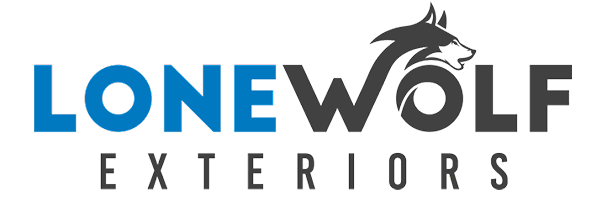How to Assess the ROI of Your Window Replacement Project
Replacing windows in your home is a significant investment, often driven by the desire for better energy efficiency, aesthetic appeal, or increased property value. However, understanding the return on investment (ROI) of such a project can be challenging. This comprehensive guide will walk you through the essential steps to assess the ROI of your window replacement project, ensuring you make informed decisions.
Understanding the Basics of ROI
The term Return on Investment (ROI) is a key performance indicator used to evaluate the efficiency of an investment. For a window replacement project, ROI is determined by analyzing the cost of the project against the potential financial benefits, such as energy savings, tax credits, and increased home value.
Calculating ROI
Calculating ROI involves a simple formula: ROI = (Net Profit / Cost of Investment) x 100. In the context of window replacement, net profit includes all the benefits, like energy savings and increased home value, minus the total cost of the window installation.
Energy Efficiency: A Key Factor in ROI
One of the primary reasons homeowners replace windows is to improve energy efficiency. According to the U.S. Department of Energy, heat loss and gain through windows account for 25%–30% of residential heating and cooling energy use. Replacing old windows with energy-efficient models can significantly reduce energy bills.
Energy Savings Calculation
To estimate energy savings, compare your current energy bills with projected bills post-installation. Consider factors such as the local climate, window type, and energy rates. The Energy Star program provides tools to estimate potential savings based on your location and window specifications.
Enhancing Property Value
New windows can significantly boost your home’s curb appeal and increase its market value. According to a report by Remodeling Magazine, homeowners can expect to recoup about 70%–80% of their window replacement costs when selling their home. This return is contingent on the market demand and the quality of the windows installed.
Real Estate Market Trends
Keep an eye on local real estate trends to better understand how window replacements might impact your home’s value. Consult local real estate agents or use online tools like Zillow to gauge how similar upgrades have influenced property prices in your area.
Government Incentives and Rebates
Various federal and state programs offer incentives for energy-efficient home improvements. In the U.S., the Residential Renewable Energy Tax Credit can cover up to 30% of the cost of energy-saving upgrades, including window replacements. Check with your local authorities or visit the Department of Energy’s website to find available programs.
Maximizing Incentive Benefits
To maximize your savings, ensure that the windows you choose meet the requirements for available rebates and credits. Keep all purchase receipts and installation documentation for tax filing purposes.
Maintenance Costs and Longevity
Considering maintenance costs is essential when assessing the ROI of window replacements. High-quality windows often come with warranties and require less maintenance, translating into long-term savings. According to Consumer Reports, well-maintained windows can last between 15 to 20 years or more, reducing the need for frequent replacements.
Choosing Durable Materials
Select materials known for durability and low maintenance, such as vinyl or fiberglass. These options tend to resist warping and weathering better than traditional wood frames, providing a longer-lasting solution.
Assessing Aesthetic and Comfort Benefits
New windows not only improve energy efficiency and property value but also enhance the overall aesthetic and comfort of your home. They can provide better natural lighting, noise reduction, and improve indoor air quality with proper ventilation.
Balancing Aesthetics and Functionality
While choosing windows, consider both the aesthetic appeal and their functionality. Opt for designs that complement your home’s architectural style while offering practical benefits such as UV protection and soundproofing.
Conclusion: Making an Informed Decision
Assessing the ROI of your window replacement project involves a comprehensive analysis of various factors including energy savings, property value enhancement, government incentives, and maintenance costs. By understanding and calculating these elements, you can make an informed decision that aligns with your financial goals and home improvement needs.
Remember, investing in high-quality, energy-efficient windows not only offers financial benefits but also contributes to a more comfortable and aesthetically pleasing living environment. For personalized advice, consider consulting with a professional contractor or energy consultant to explore the best options for your specific circumstances.
